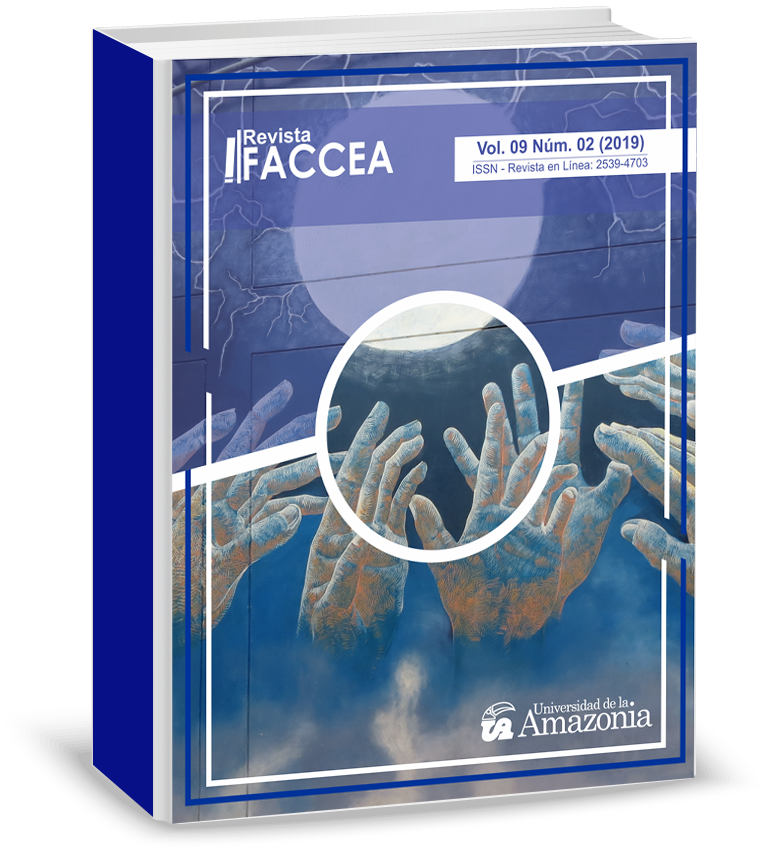Convergencia económica mundial: una visión desde el coeficiente de GINI 1990-2017
DOI:
https://doi.org/10.47847/faccea.v9n2a5Keywords:
Gini coefficient, economic convergence, global inequality, PPAAbstract
This article performs a theoretical and empirical review of economic convergence worldwide. Initially, it starts from a theoretical review of the different positions of convergence or economic divergence, showing the empirical evidence in each case, continuing with an analysis of convergence, by estimating descriptive statistics, choropleths, the curve of Lorenz and the Gini coefficient for the years 1990 to 2017, of the variable GDP per capita, PPP at constant international prices in 2011 using the Stata 14 program. Regarding the estimation of inequality indices, it is concluded that inequality has been reduced in the analysis period, although these indicators have a high inflexibility over time, in the same way, in this research was found that Throughout the period under review, there was greater growth in lower-income economies, especially middle-income ones, somewhat reducing the disparities of lagging countries. Even so, despite the fact that there is progress, there is a fundamental criterion that worries, this growth is not uniform among groups of countries since the countries with an income have lower average growth rates than their advanced ones, thus generating the gap from corner to corner is increased.
Downloads
Downloads
Published
Issue
Section
License
Copyright (c) 2019 FACCEA

This work is licensed under a Creative Commons Attribution-NonCommercial-ShareAlike 4.0 International License.



















